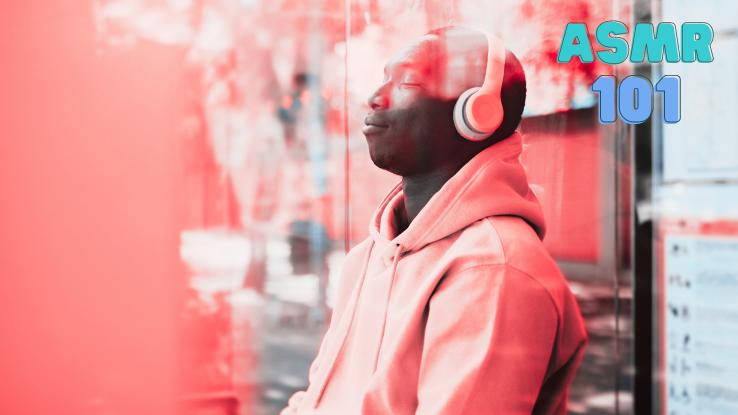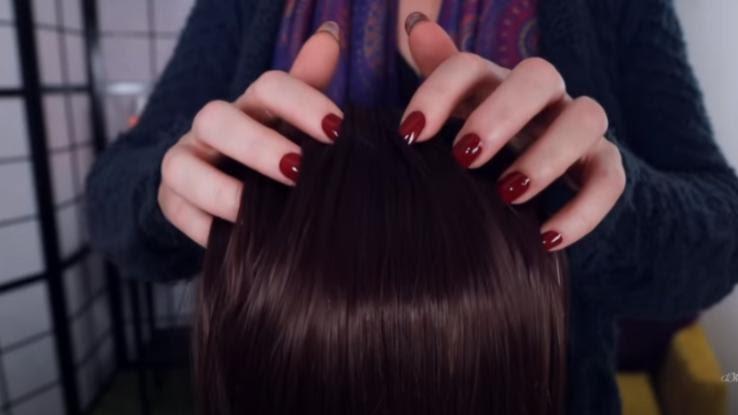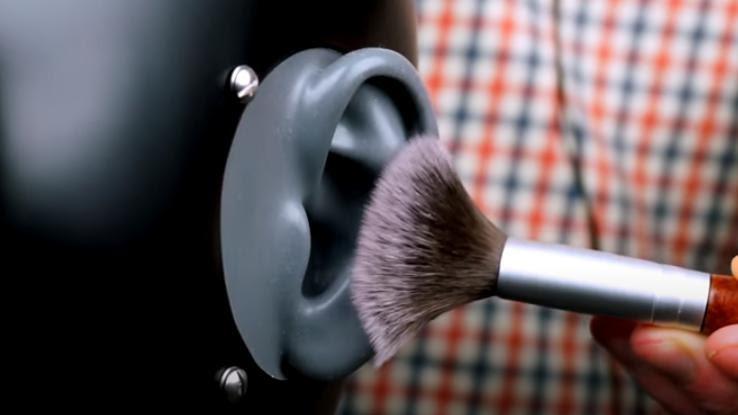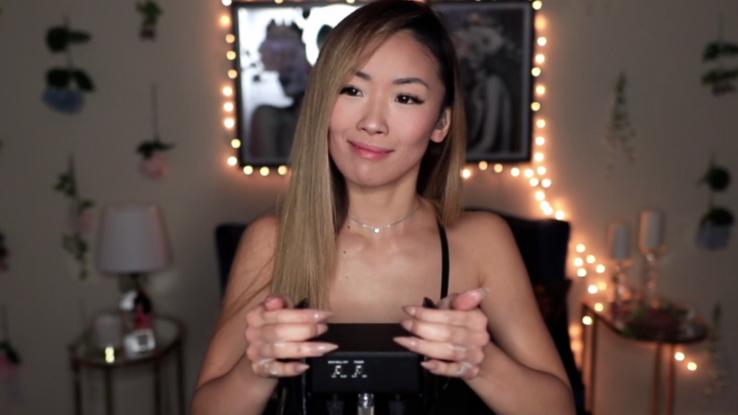
Since rising in popularity, autonomous sensory meridian response (ASMR) videos have carved out their own little subsection of the internet. But while ASMR has amassed millions of loyal fans around the world, it’s still met with skepticism by those who don’t understand it. So, what exactly is ASMR — and is it a valid, scientifically-backed therapeutic tool or just another trend?
What Is ASMR?
The term ASMR was originally coined by Jennifer Allen back in 2010. Though Allen wasn’t a scientist, she discovered that she was one of many people looking to put a name to a certain sensation — one that proved difficult to describe. Even now, with more awareness, it can be hard to put ASMR-related sensations into words. One study described ASMR as “the experience of tingling sensations in the crown of the head, in response to a range of audio-visual triggers.”

In far less scientific terms, an ASMR-induced sensation is sort of like that feeling of intense well-being you get when you see a beautiful sunset or hear an incredible piece of music. It feels like something between goosebumps and that delightfully shivery feeling you get when someone whispers in your ear. Above all, it tends to get you very relaxed — and very quickly.
So, why are people so skeptical of it? Well, because it’s one of those things that’s hard to explain unless you’ve experienced it first hand, ASMR is often misunderstood by folks just discovering the term. Many nonbelievers have mistakenly concluded that an ASMR sensation is inherently sexual, but, in actuality, it’s more along the lines of how a sound machine might trigger a specific sensation. Another barrier? Some of the earliest ASMR studies suggested that not everyone may be capable of experiencing such sensations, hence the ongoing skepticism, confusion and misunderstanding.
Common ASMR Triggers
So, what sort of auditory or visual cues trigger an ASMR response? The short answer: Everyone is different, but there are some common threads. If you’re curious about what might trigger an ASMR sensation for you, you’ll undoubtedly find a lot to comb through on dedicated Twitch and YouTube channels.

A few of the most common auditory ASMR triggers include the sound of rain or waves; acrylic nails tapping on a solid object; whispering; book pages turning; a pen or pencil being used to write; crackling fire; and wind. As mentioned earlier, ASMR can also be triggered by certain types of visuals, such as watching someone brush their hair; seeing someone pet or cuddle with a pet; viewing a repetitive task, like folding laundry; watching someone move their hands slowly; and observing someone who is painting or drawing — think Bob Ross, the accidental ASMR pioneer.
Be it visual or auditory, typing, tapping, and scratching are often linked to ASMR sensations too. As mentioned above, sampling cues on YouTube or Twitch is one of the easiest ways to discover what triggers your ASMR sensation(s). For example, ASMRSurge has a great YouTube video that provides over 50 different potential triggers.
Potential Health Benefits of ASMR
When it comes to understanding how, exactly, ASMR works, the jury’s still out, but a few studies have shown that experiencing these sensations might have some solid health benefits. If you’re interested in doing a deep dive into these studies, we recommend checking out ASMR University. The site was founded by Craig Richard, a professor of biopharmaceutical sciences at Shenandoah University. Dr. Richard became so fascinated with ASMR that he even wrote a book about it called Brain Tingles.

Throughout his studies on the subject, he’s pulled together a list of apparent ASMR health benefits. Some of these include:
- Inducing sleep and relaxation
- Reducing stress and anxiety
- Reducing depression
- Increasing focus for studying, learning, and working
- Coping with chronic pain
While ASMR is not a one-stop fix for any major condition, it seems to be going a long way toward providing listeners and viewers with ways to manage their health concerns. For many ASMR fans, it’s not really a matter of whether science can explain ASMR, but, instead, it’s about the fact that it works for them.
Some Popular ASMR Channels
Whether you’re already into ASMR or just starting out, there are several great YouTube and Twitch channels worth exploring. With nearly 3 million followers, Gibi ASMR is one of the undisputed ASMR queens of the internet. From her calming voice to her wide blend of sound props, she’s bound to get you relaxed in a matter of seconds. Looking for something more music focused? Try ASMR Zeitgeist, whose 1.9 million followers love his sensory DJ vibe.

If food sounds are your thing, look no further than SAS-ASMR, which is the unofficial place to be for over 9 million foodie fans from around the world. And while it doesn’t have as huge of a following yet, ASMR Rooms provides the perfect escape right now. Why’s that? Well, this ASMR artist recreates the ambiance of popular settings from movies, like Lord of the Rings, so that you can escape into a calming, ambient atmosphere.
On Twitch, you’ll find tons of streamers whose channels are dedicated to various kinds of ASMR artistry. Among them is the ever-popular MaryJLeeee, who creates rhythmic ASMR sound experiences — from running her nails over objects to whispering — in order to help listeners with insomnia, anxiety and relaxation. As MaryJLeeee points out on her channel, “most ASMR is binaural, meaning left and right sounds are heard separately,” and, with this in mind, she recommends listening with high-quality headphones to get the best possible experience.






